The Kia e-Niro was August’s fastest-selling used electric car while the Mercedes-Benz EQV was the slowest, new figures show.
Data compiled by Auto Trader exclusively for Car Dealer reveals the Korean electric SUV took on average 29 days to sell on UK dealer forecourts.
Meanwhile, the Mercedes-Benz EQV electric people-carrier took over five times longer at 150 days.
Used car buyers aren’t snapping up one type of electric vehicle either, with increased demand seen across all sector types, from volume-selling EVs to premium EVs, too.
Auto Trader said the figures show that record used car demand is not just set aside for petrol and diesel cars but pure-electrics too, with a 140 per cent year-on-year increase in advert views on its platform.
However, while buyer interest and demand for EVs is rising, the price disparity between ICEs (internal combustion engine cars) and pure-electric vehicles is still high.
Prices of brand new pure-electric vehicles are still around 50 per cent more expensive than petrol or diesel cars, and up to 39 per cent on used.
Auto Trader’s commercial director, Ian Plummer, told Car Dealer: ‘It’s promising to see that a number of both volume and premium brand EVs are beating the 36-day average it takes for an electric vehicle to sell.
‘And whilst that EV average is still some way behind the current 26-day average for an ICE alternative, this year we have seen the time it takes for an electric vehicle to leave forecourts reduce significantly: down 38 per cent since the end of lockdown in April, compared to seven per cent for its petrol and diesel counterparts.
‘However, our market data does also highlight the sizeable price disparity between an electric and a traditionally fuelled vehicle.
‘In fact, the average cost of a new volume brand electric hatchback is around 50 per cent more expensive than its ICE equivalent, and 33 per cent for premium models.
‘It’s a similar picture for SUVs: the average price tag for a new volume or premium 4X4 is an extra 43 per cent and 35 per cent respectively.’
Plummer added: ‘This disparity isn’t limited to just new cars either: on average, the current cost of a second-hand volume brand electric hatchback is around 27 per cent more expensive than a used ICE equivalent, and 39 per cent for a premium model.
‘It suggests that despite the massive increase in consumer interest we’re seeing in the market, they are still largely beyond the reach of all but the most affluent car buyer.’
Plummer went on to say that while the initial cost of an EV is still greater than a traditionally-powered vehicle, the total cost of ownership tends to be lower and more education for buyers is needed.
‘Yes, the price tag is more but the total cost of ownership can make an electric car a far more attractive option,’ he said.
‘Providing consumers with information on how to navigate the complexity of EVs is where we – as an industry – can help tip the scales and drive more consumers from consideration to adoption.’
Kia’s e-Niro was followed by a wide range of EVs from the volume-selling and premium sectors.
The full list of the fastest- and slowest-selling electric cars is below.
The data comes as Cap HPI told Car Dealer the used car market is ‘on steroids’ as values rose by 3.7 per cent in August.
Values for the Mercedes-Benz V-Class diesel – the EQV’s diesel sister car – have risen by nearly £11,000 in the last six months, as demand and prices have shot through the roof.
Fastest-selling EVs in August
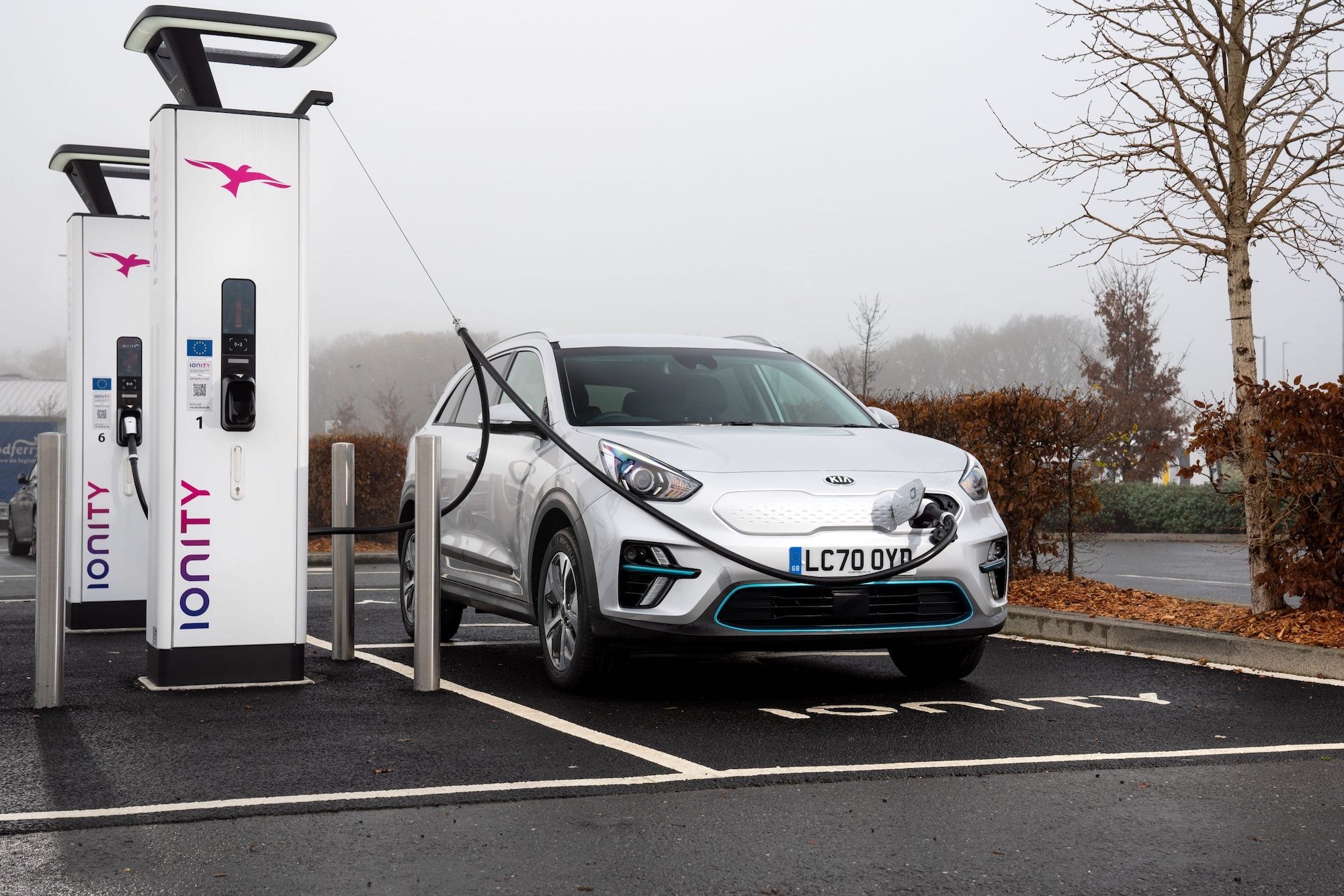
1. Kia e-Niro
Year: 2020
Average national retail rating: 61.36
Average days to sell: 29
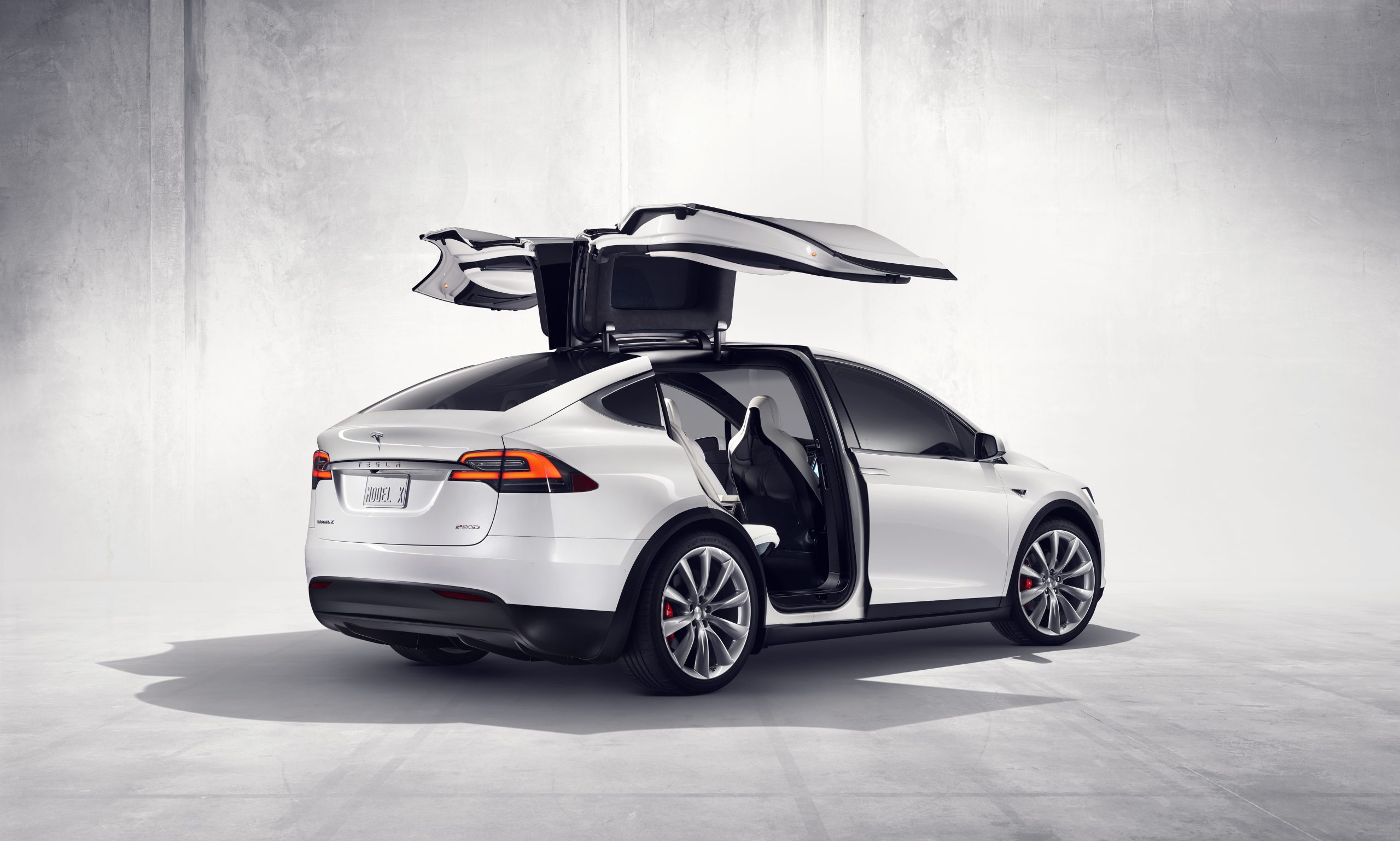
2. Tesla Model X
Year: 2020
Average national retail rating: 71.92
Average days to sell: 32
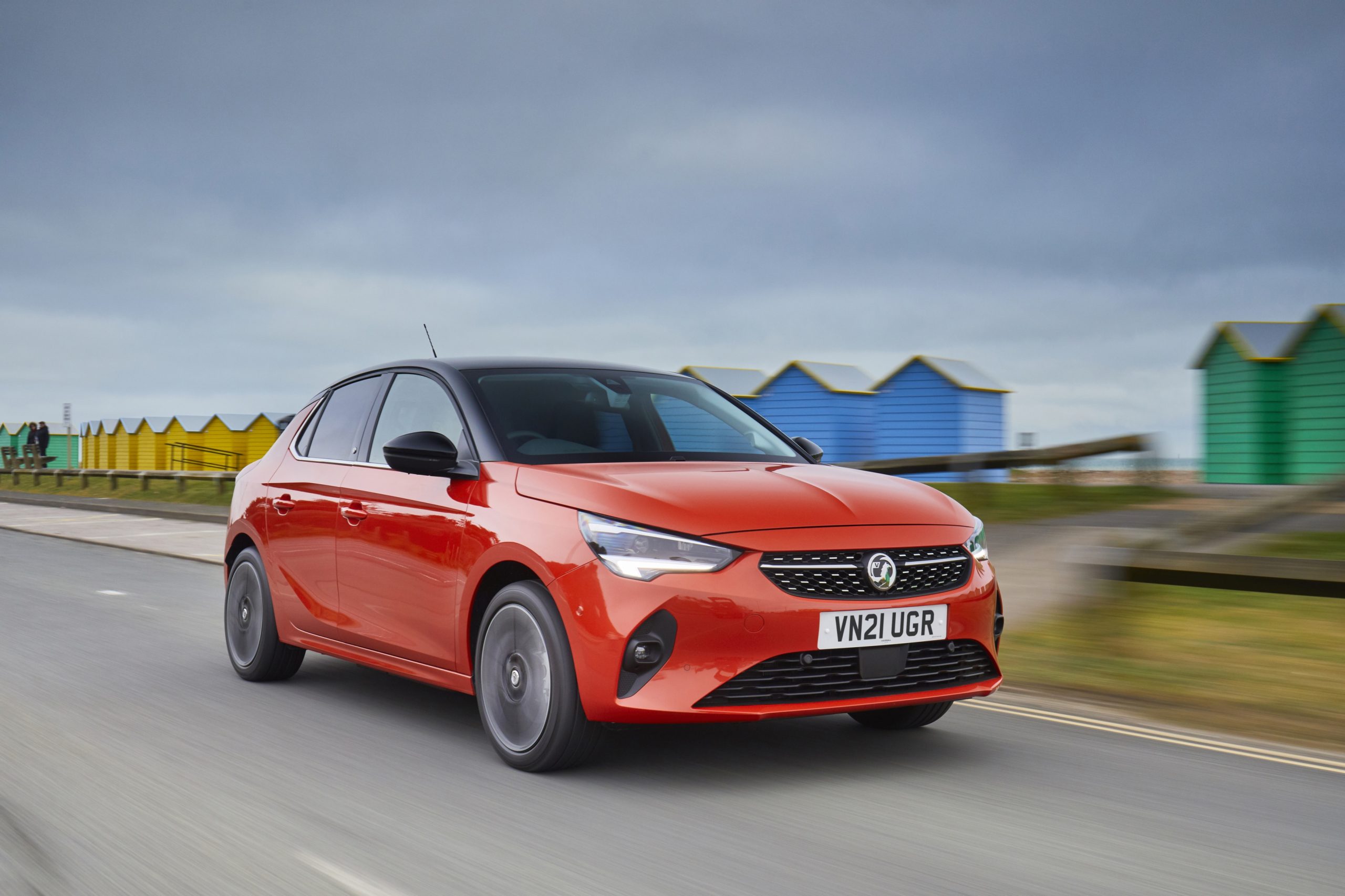
3. Vauxhall Corsa-e
Year: 2021
Average national retail rating: 85.14
Average days to sell: 33
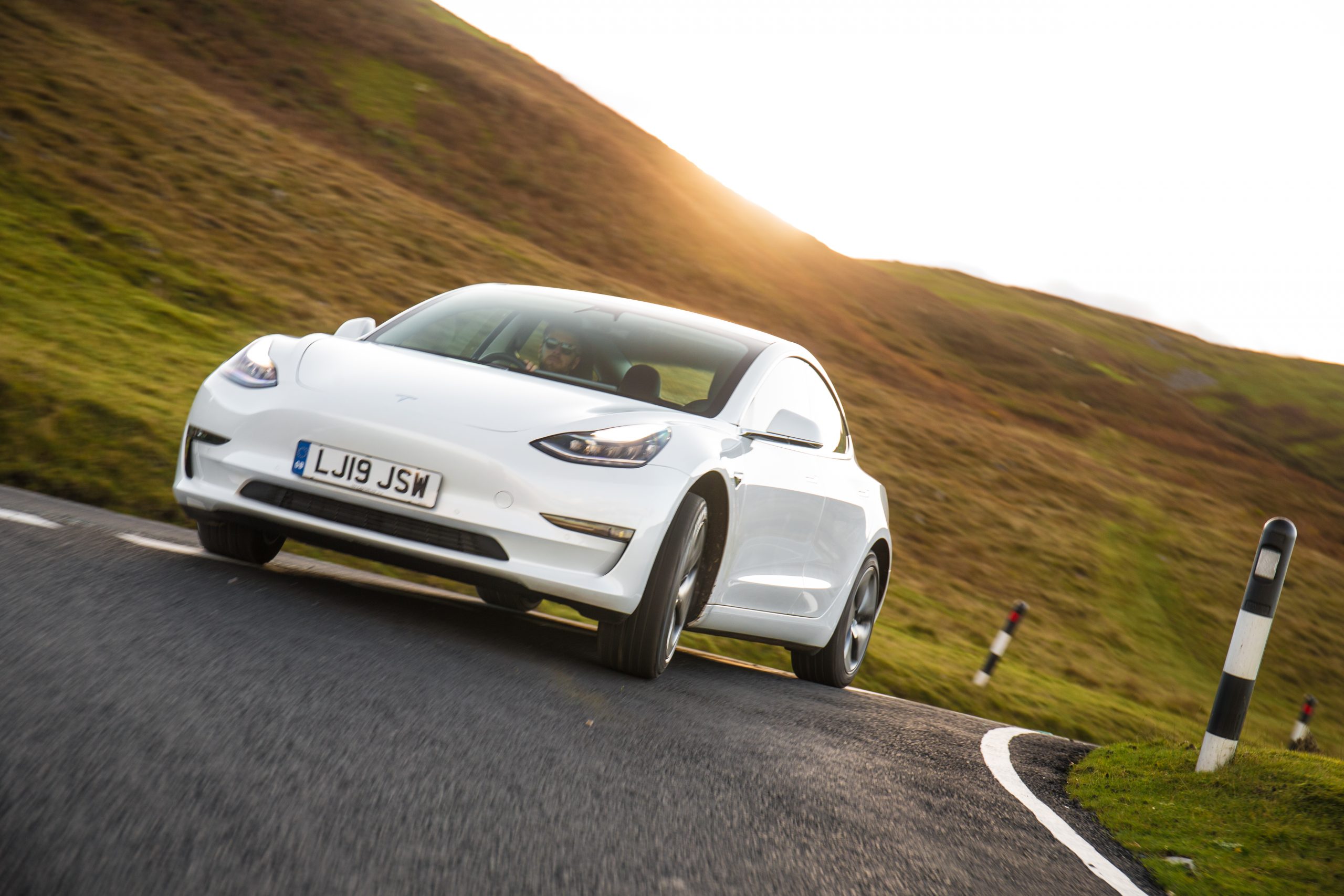
4. Tesla Model 3
Year: 2020
Average national retail rating: 57.19
Average days to sell: 34
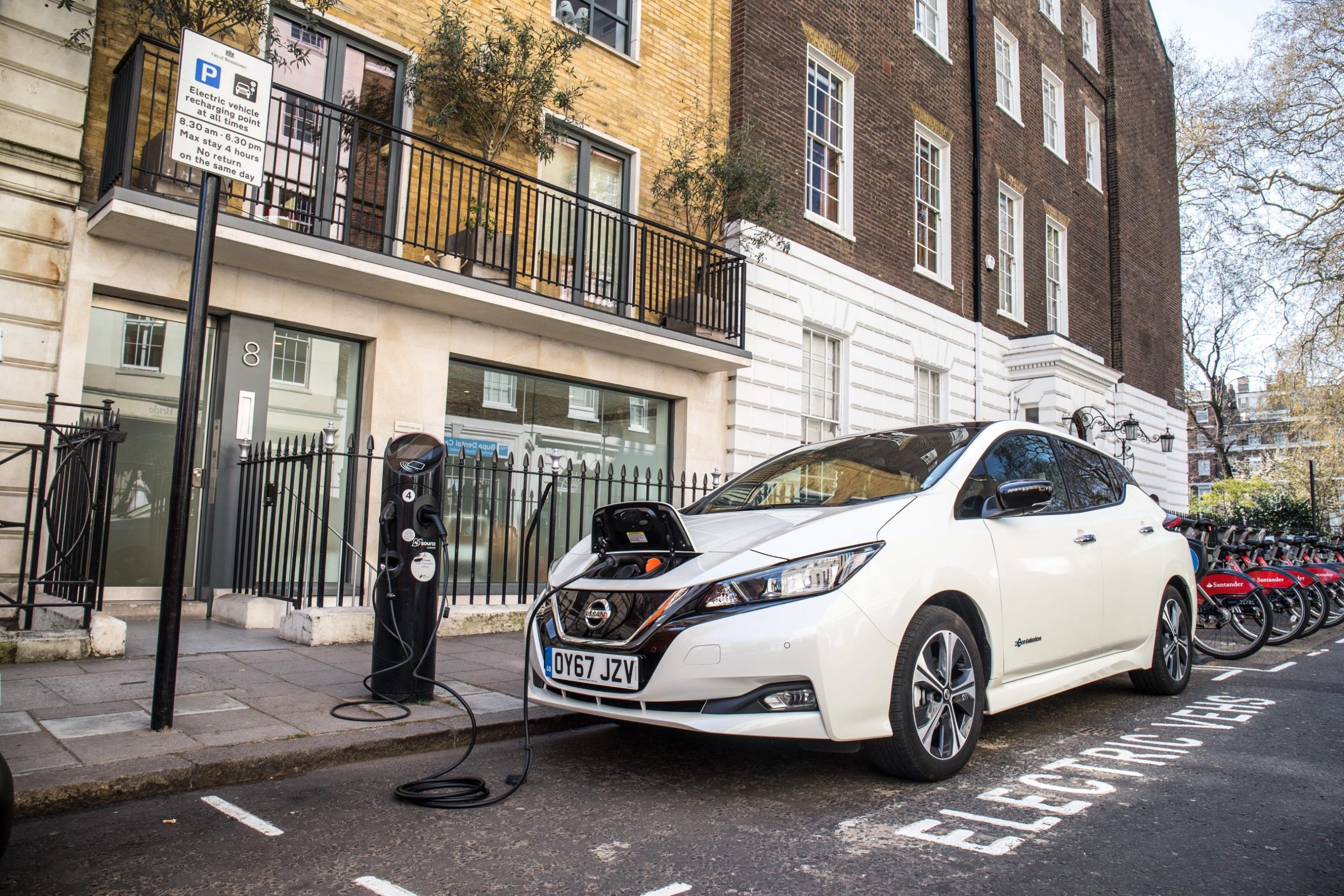
5. Nissan Leaf
Year: 2017
Average national retail rating: 88.54
Average days to sell: 36
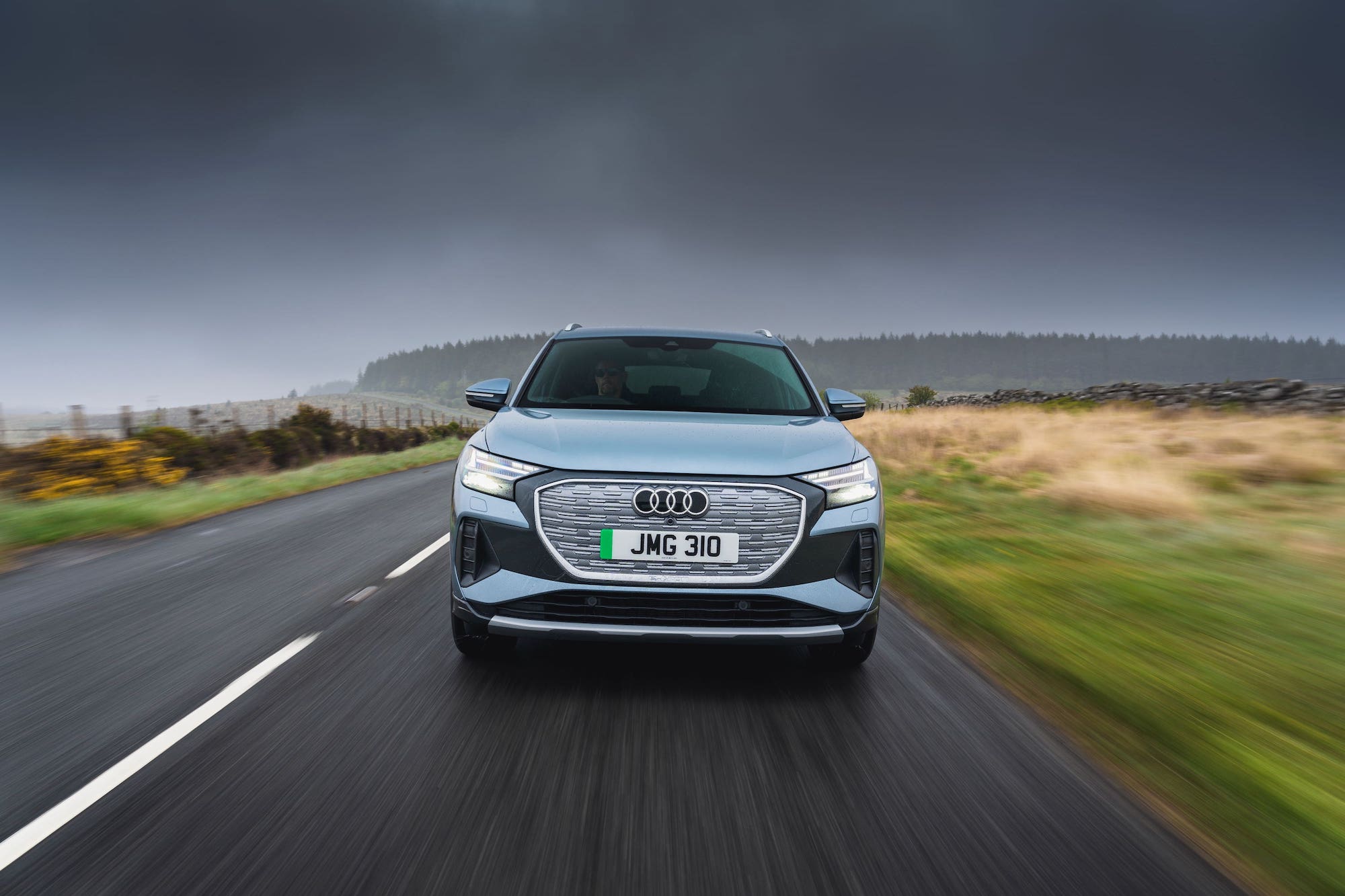
6. Audi Q4 e-tron
Year: 2021
Average national retail rating: 52.68
Average days to sell: 36
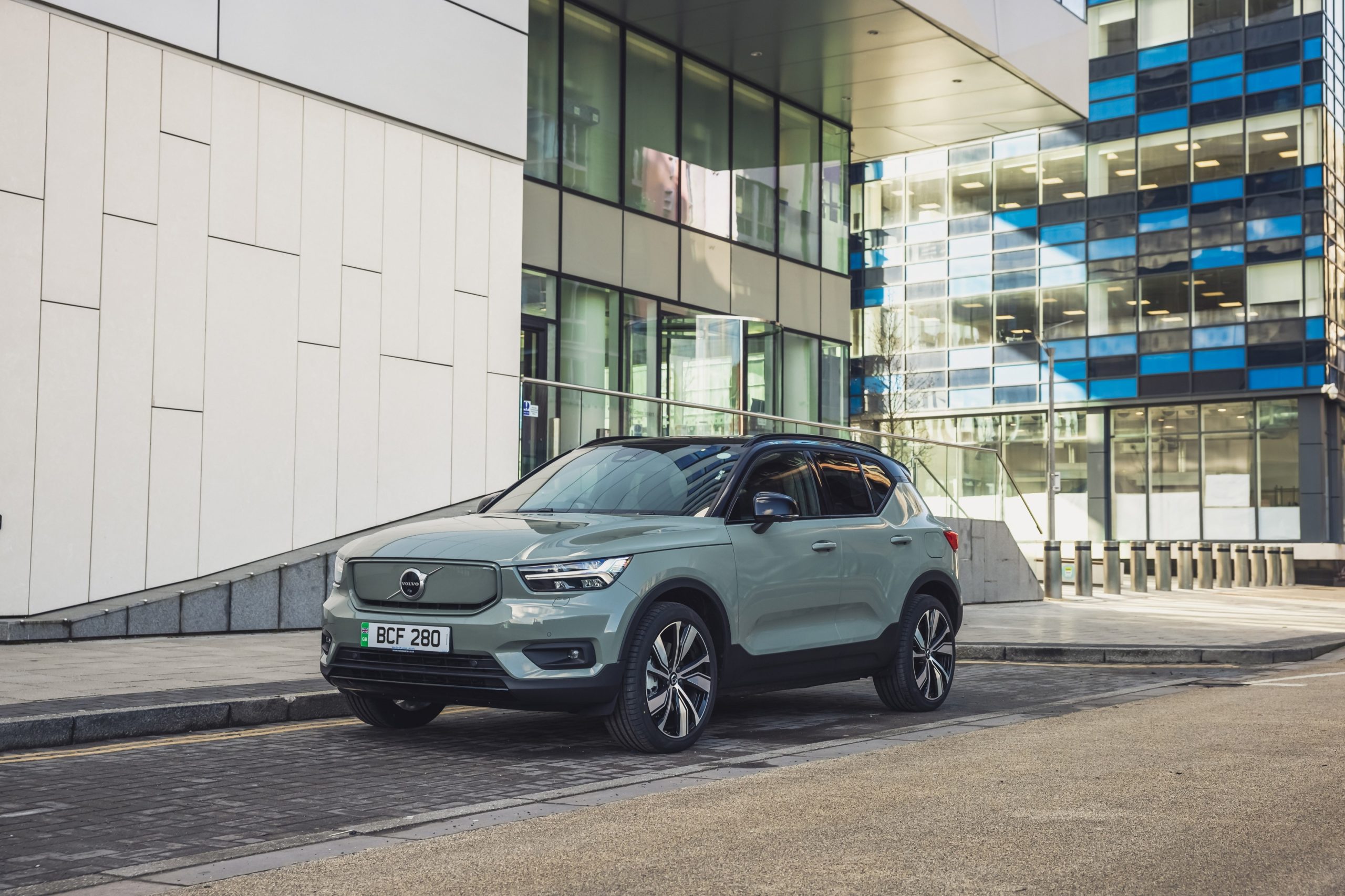
7. Volvo XC40 Recharge
Year: 2021
Average national retail rating: 55.55
Average days to sell: 39
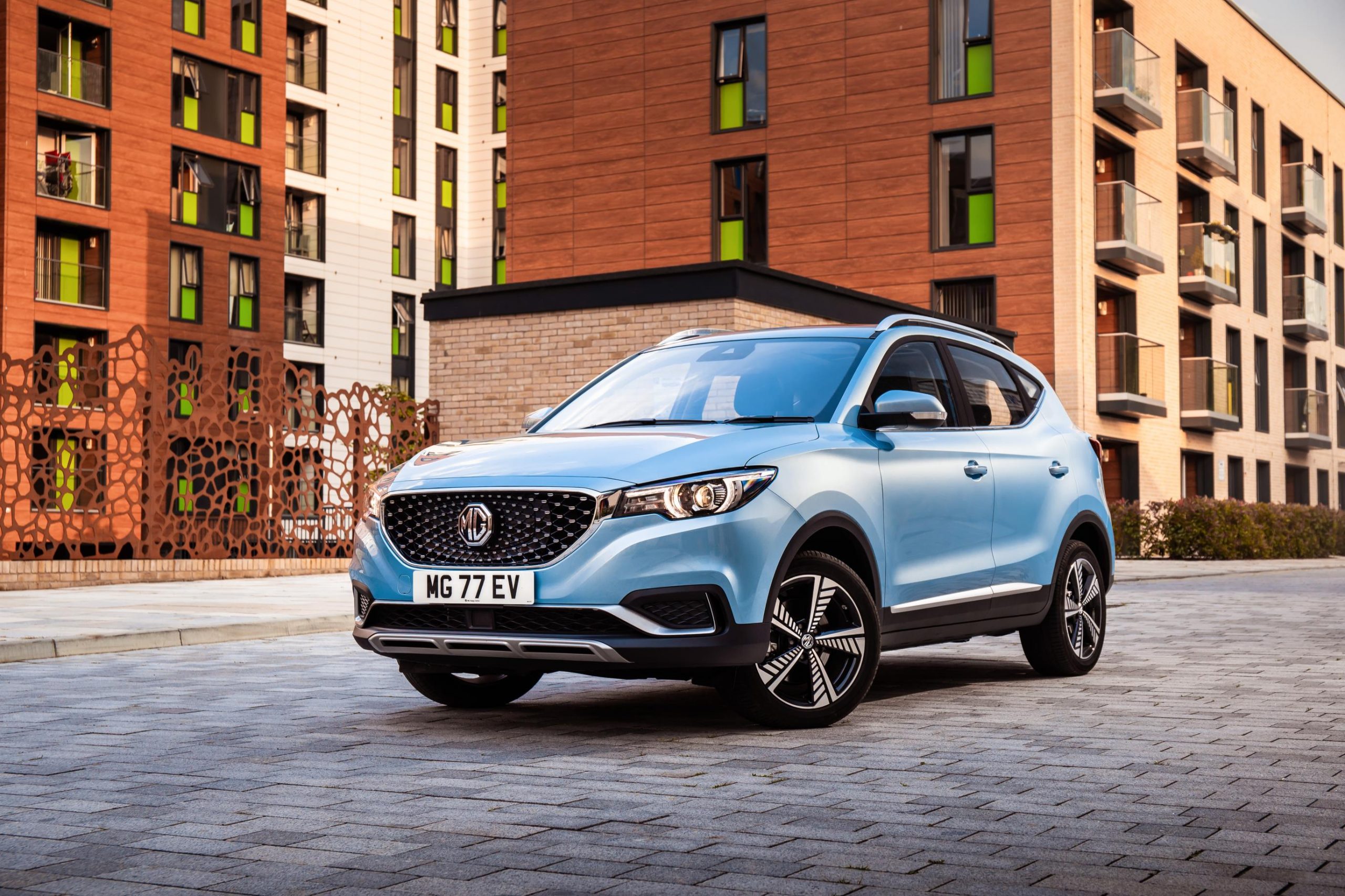
8. MG ZS EV
Year: 2020
Average national retail rating: 71.29
Average days to sell: 39
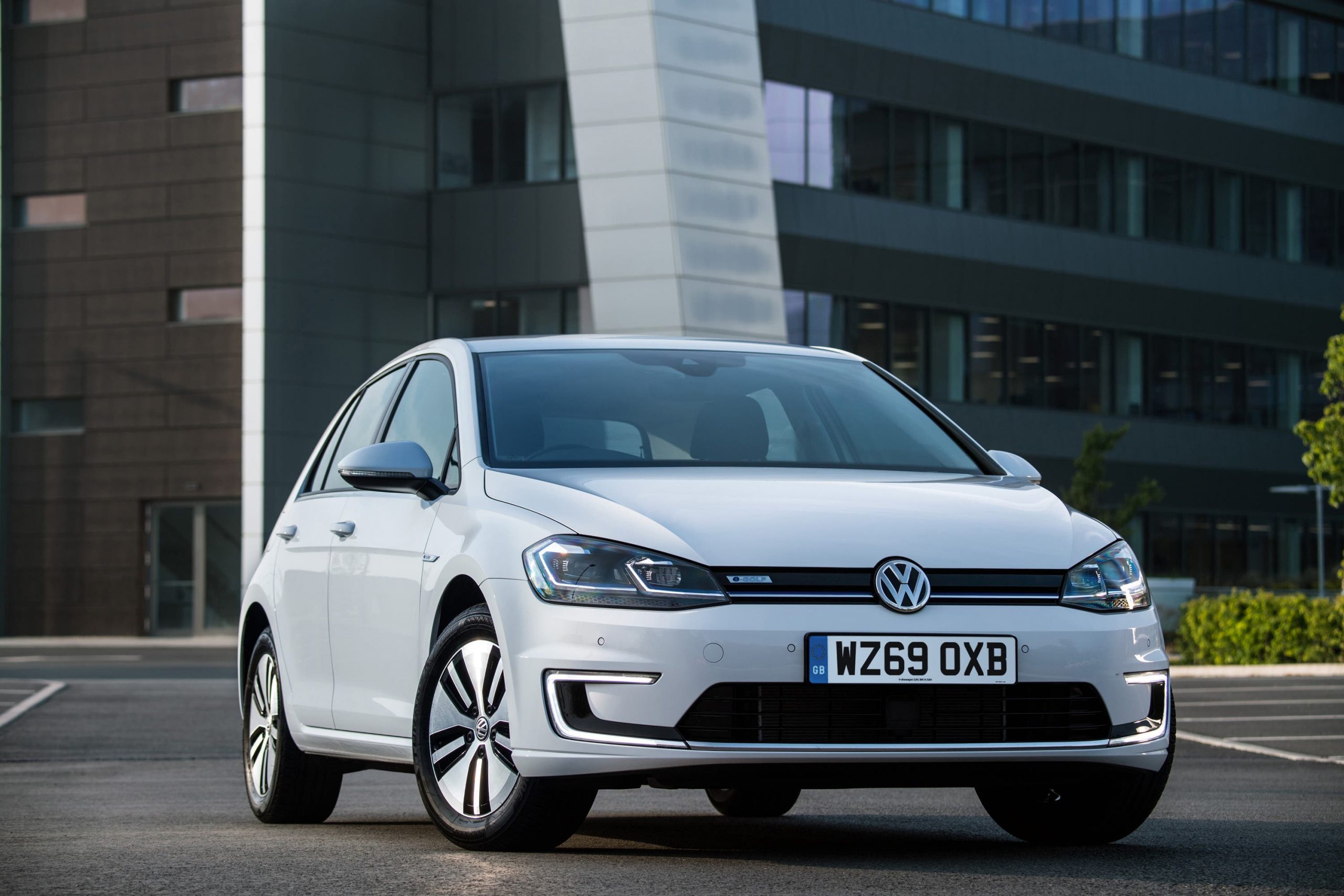
9. Volkswagen e-Golf
Year: 2018
Average national retail rating: 85.97
Average days to sell: 40
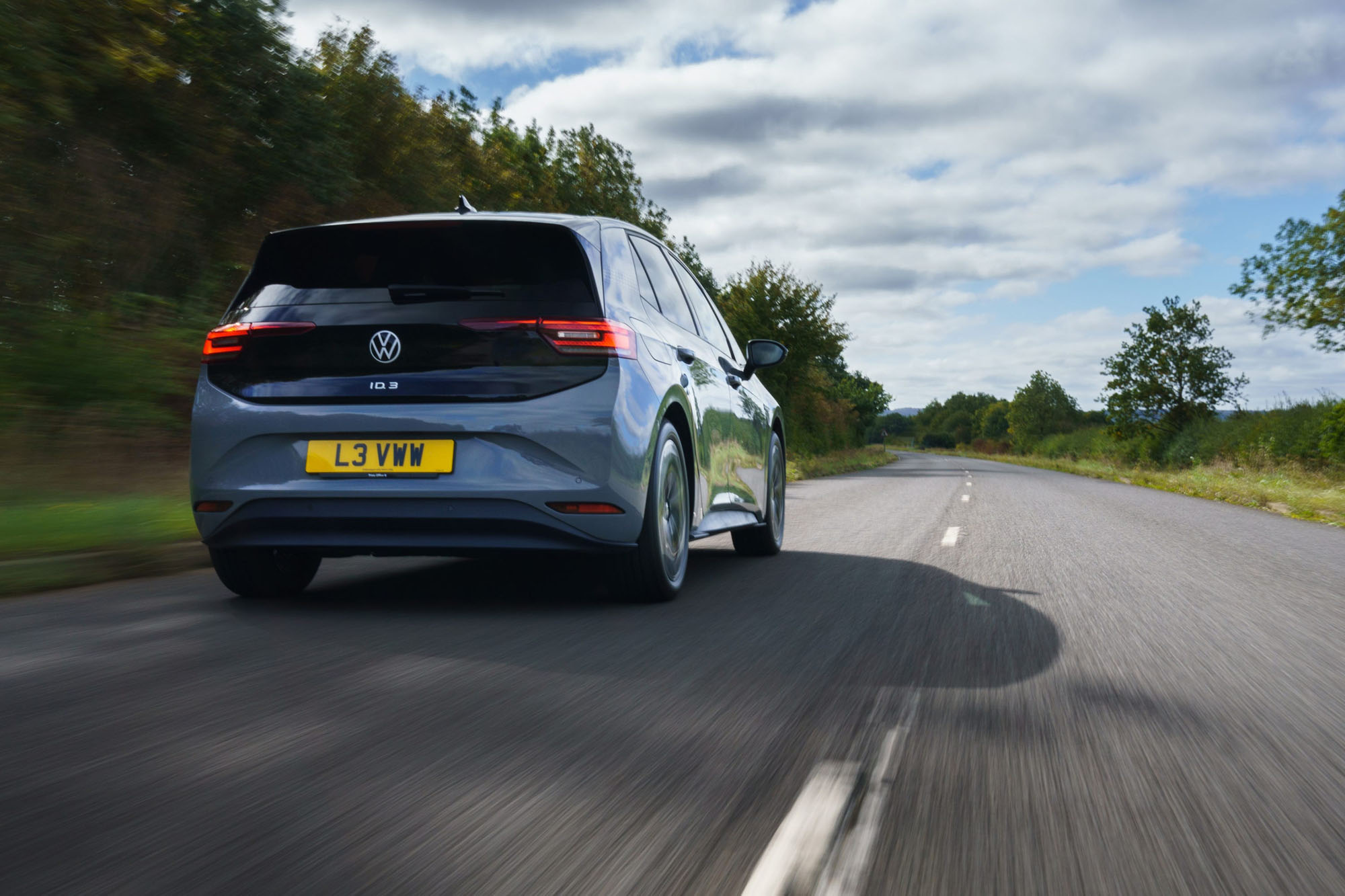
10. Volkswagen ID.3
Year: 2020
Average national retail rating: 44.85
Average days to sell: 40
Slowest-selling EVs in August
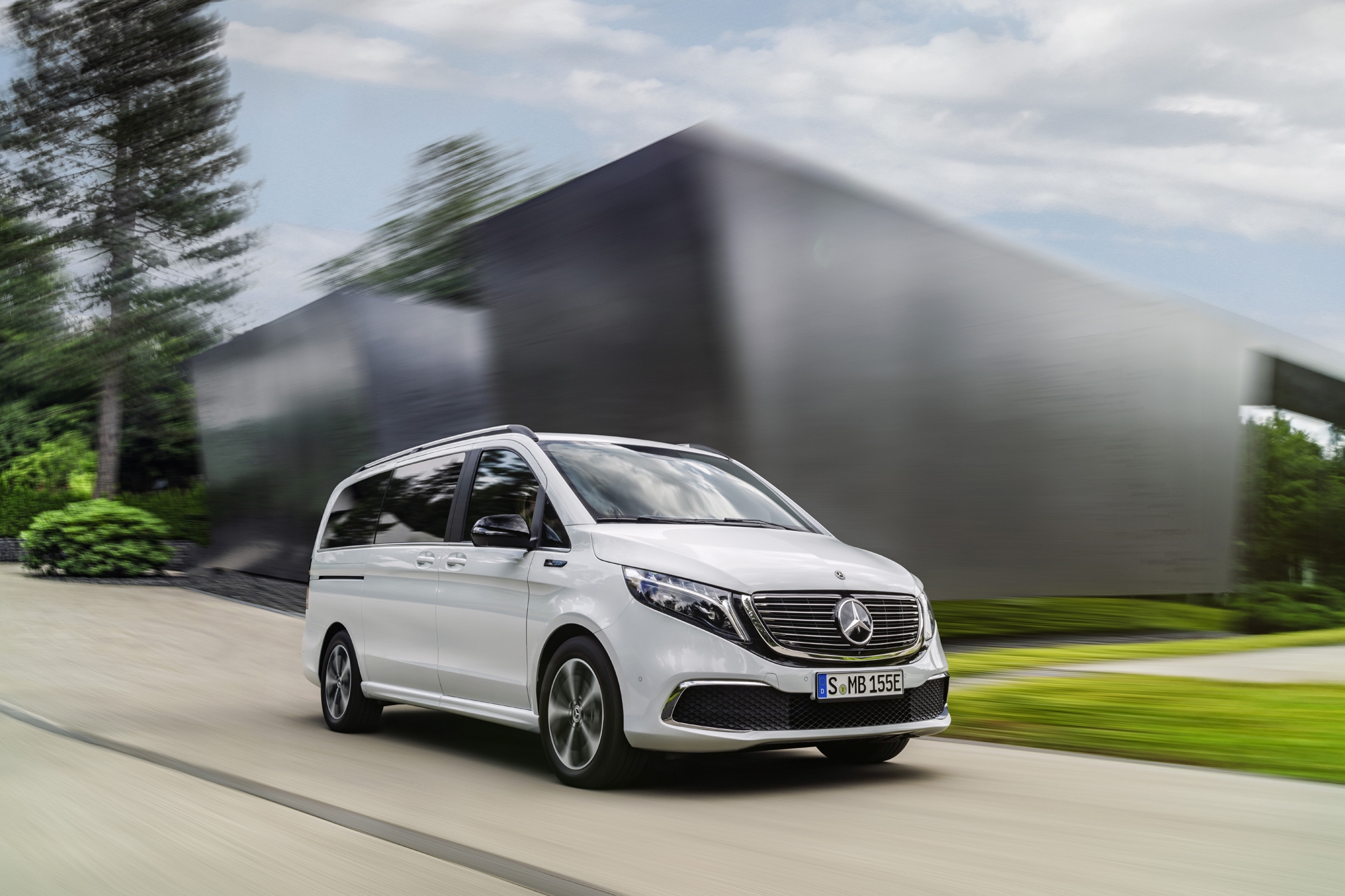
1. Mercedes-Benz EQV
Year: 2020
Average national retail rating: 1.12
Average days to sell: 150
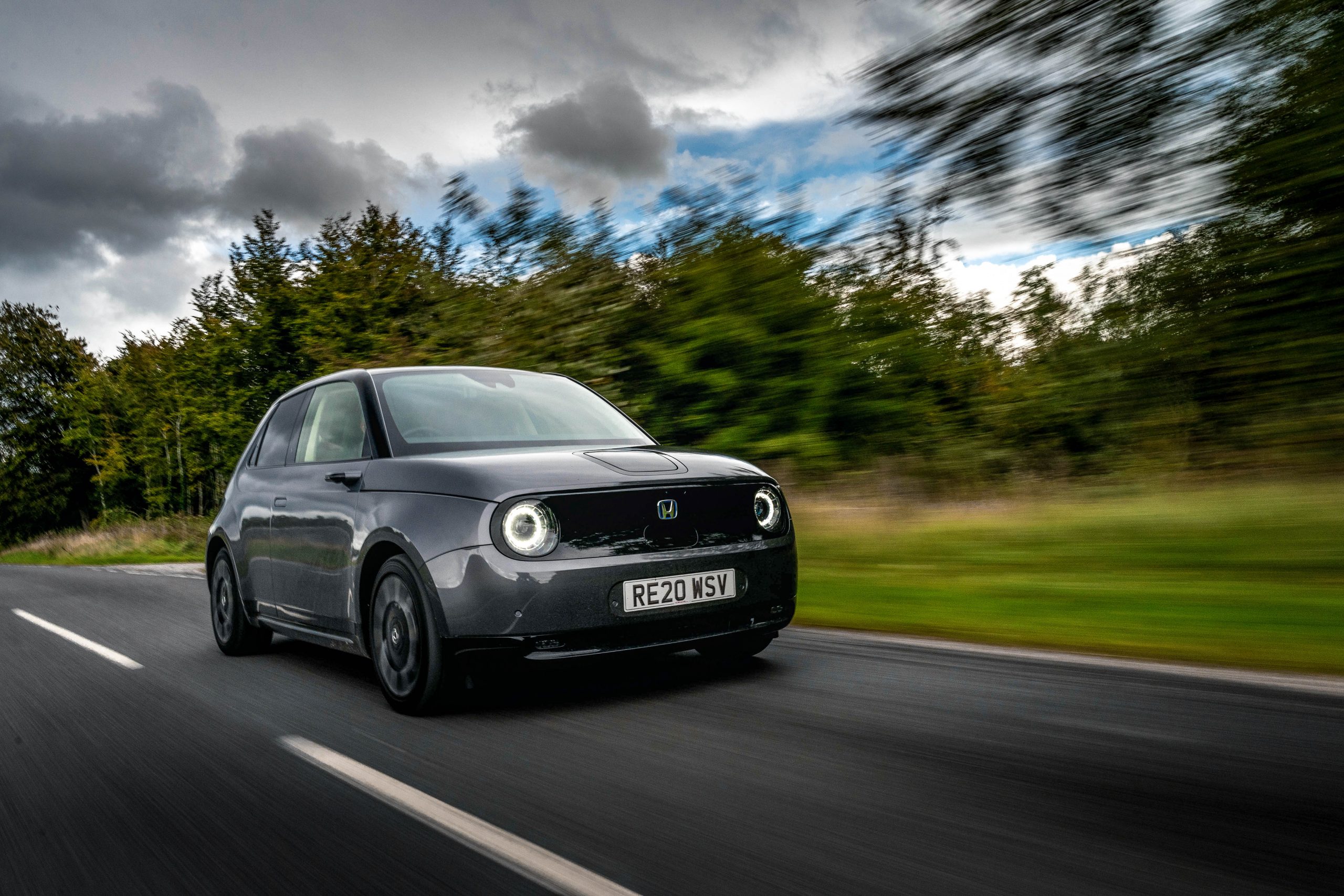
2. Honda e
Year: 2021
Average national retail rating: 1.18
Average days to sell: 147
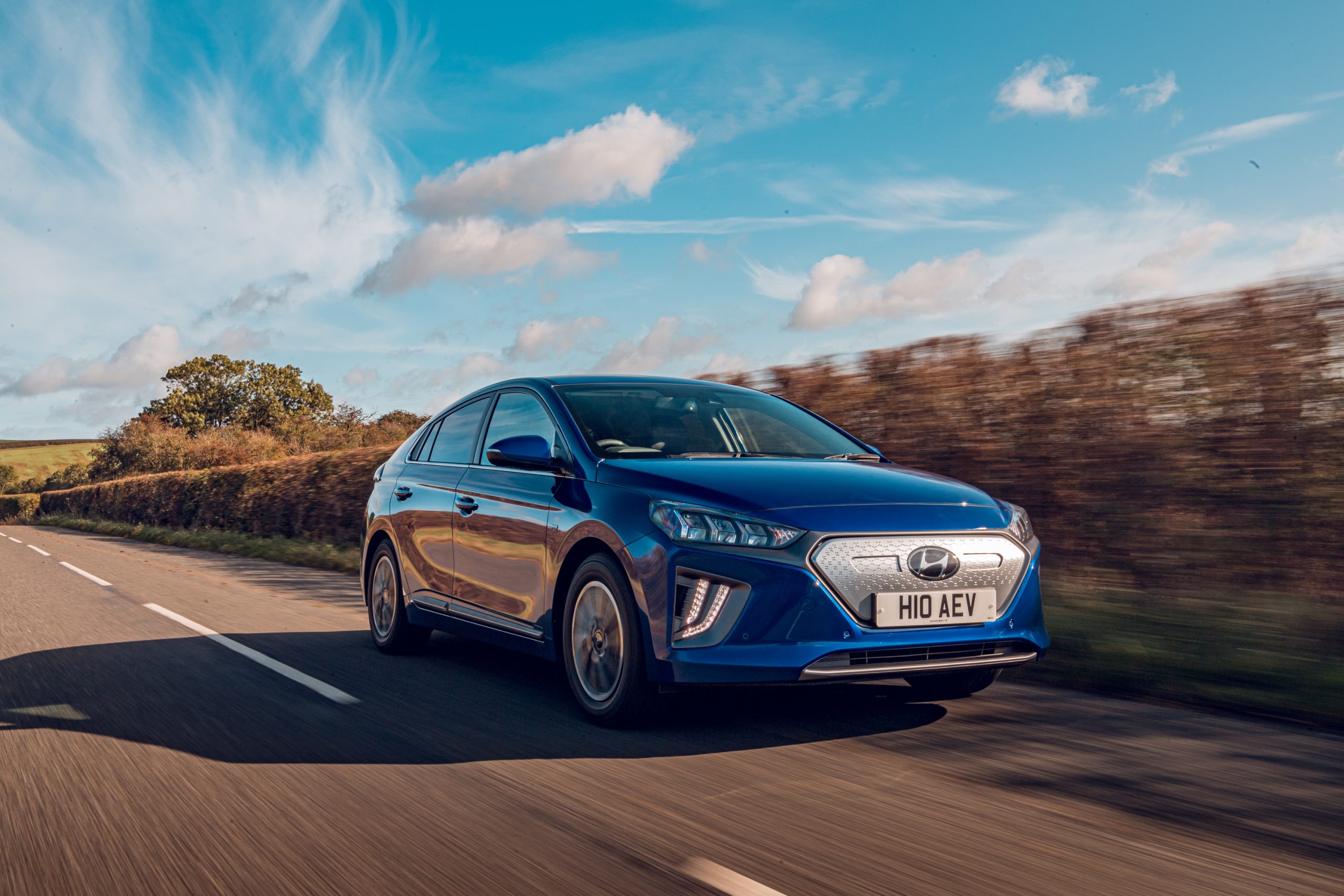
3. Hyundai Ioniq
Year: 2021
Average national retail rating: 0.83
Average days to sell: 146
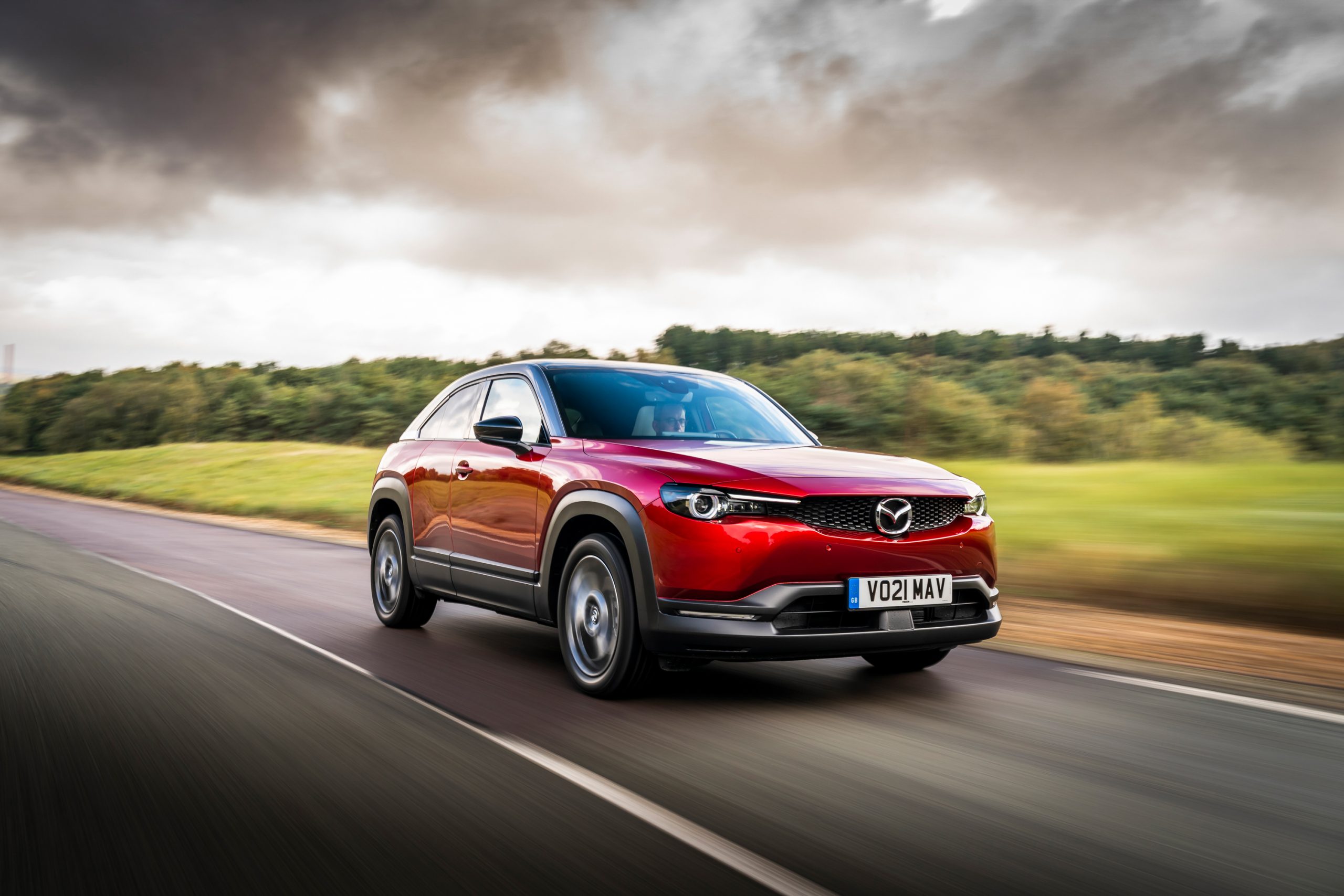
4. Mazda MX-30
Year: 2021
Average national retail rating: 0.86
Average days to sell: 146
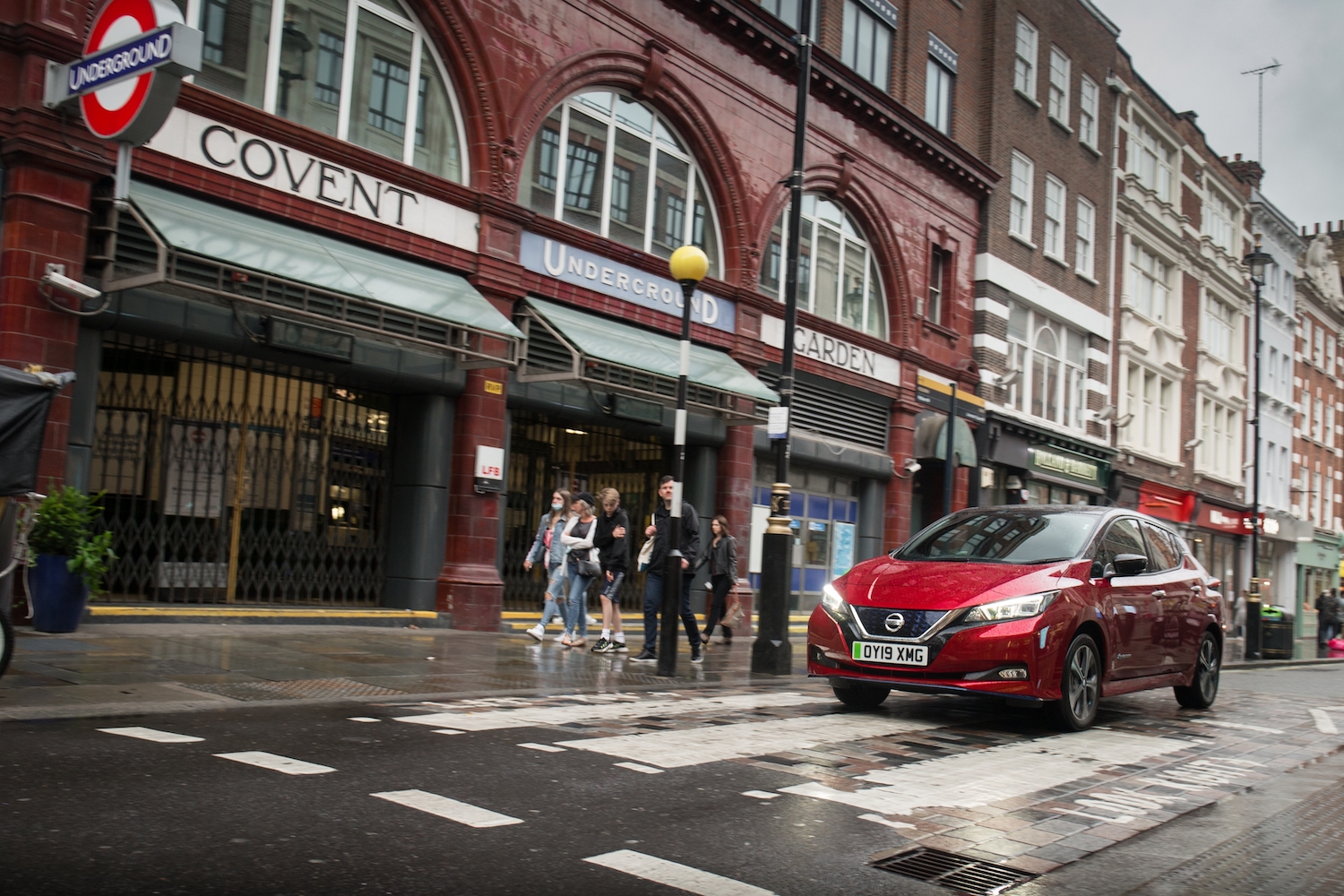
5. Nissan Leaf
Year: 2021
Average national retail rating: 1.38
Average days to sell: 136
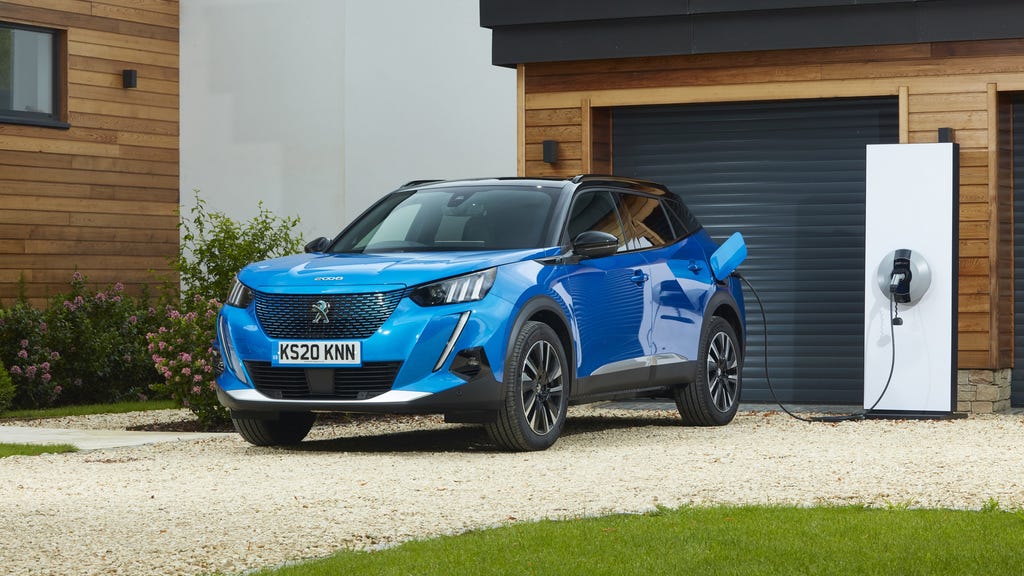
6. Peugeot e-2008
Year: 2020
Average national retail rating: 1.16
Average days to sell: 133
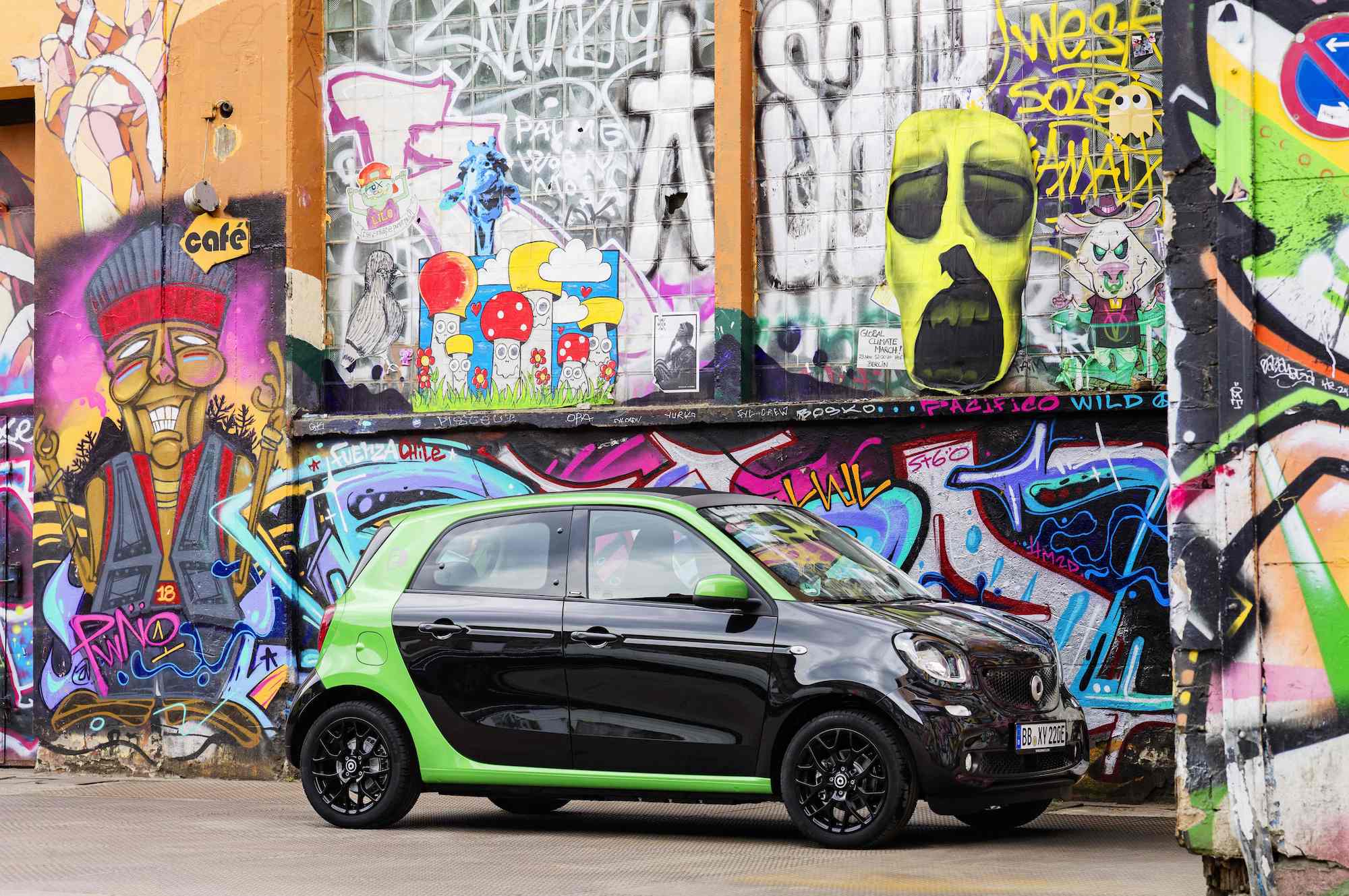
7. Smart ForFour EQ
Year: 2020
Average national retail rating: 3.82
Average days to sell: 119
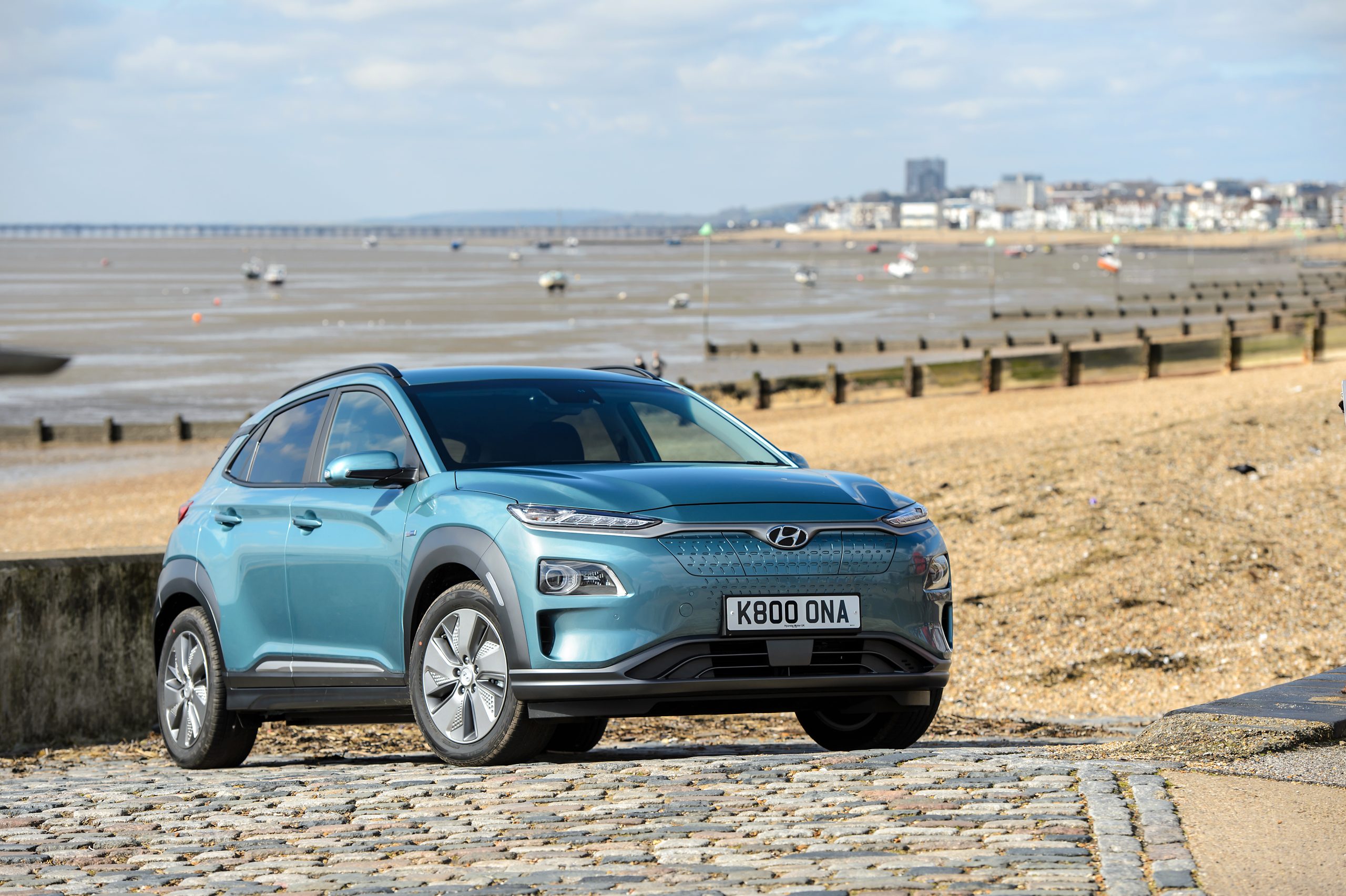
8. Hyundai Kona Electric
Year: 2020
Average national retail rating: 4.17
Average days to sell: 118
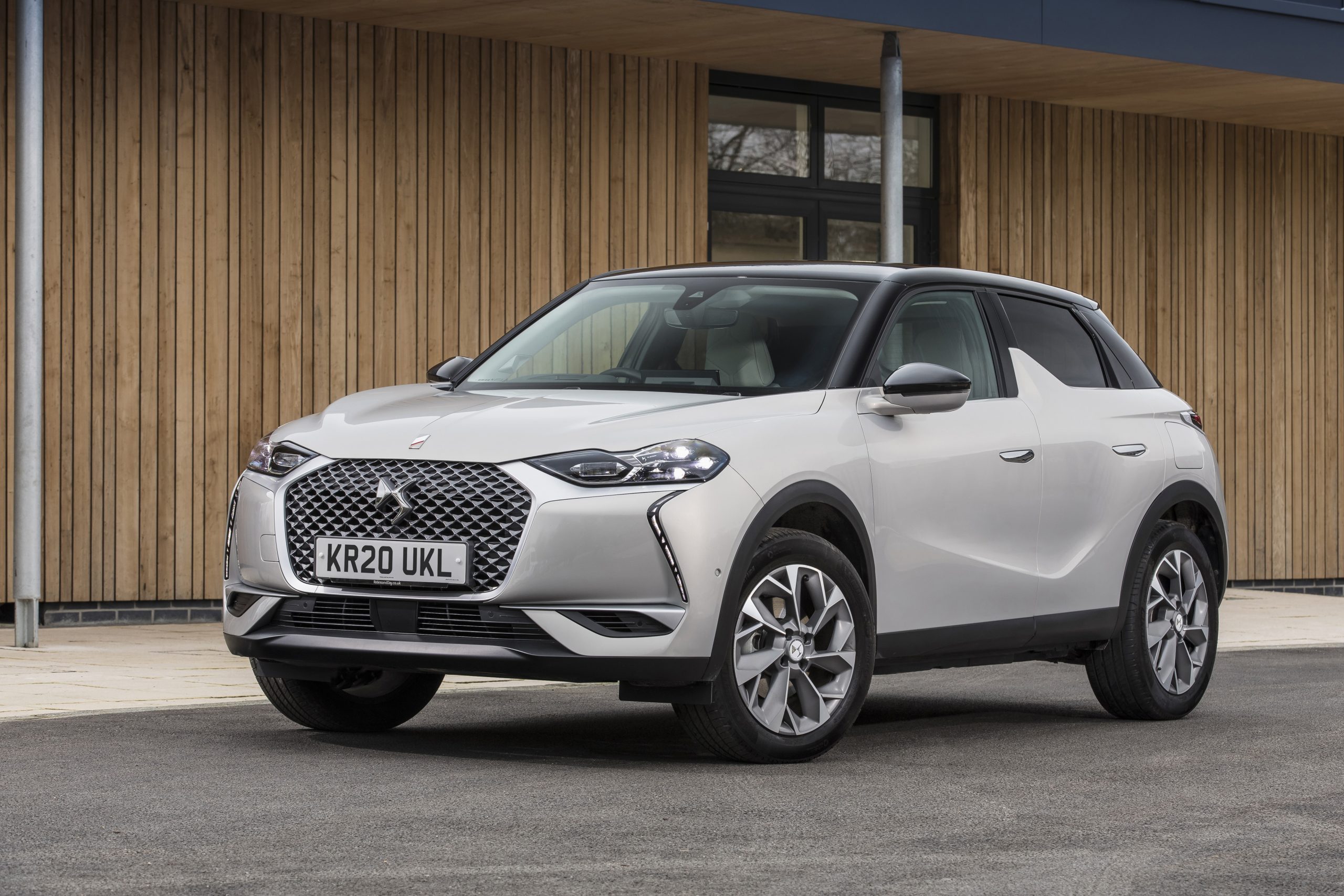
9. DS 3 Crossback E-Tense
Year: 2020
Average national retail rating: 1.59
Average days to sell: 115
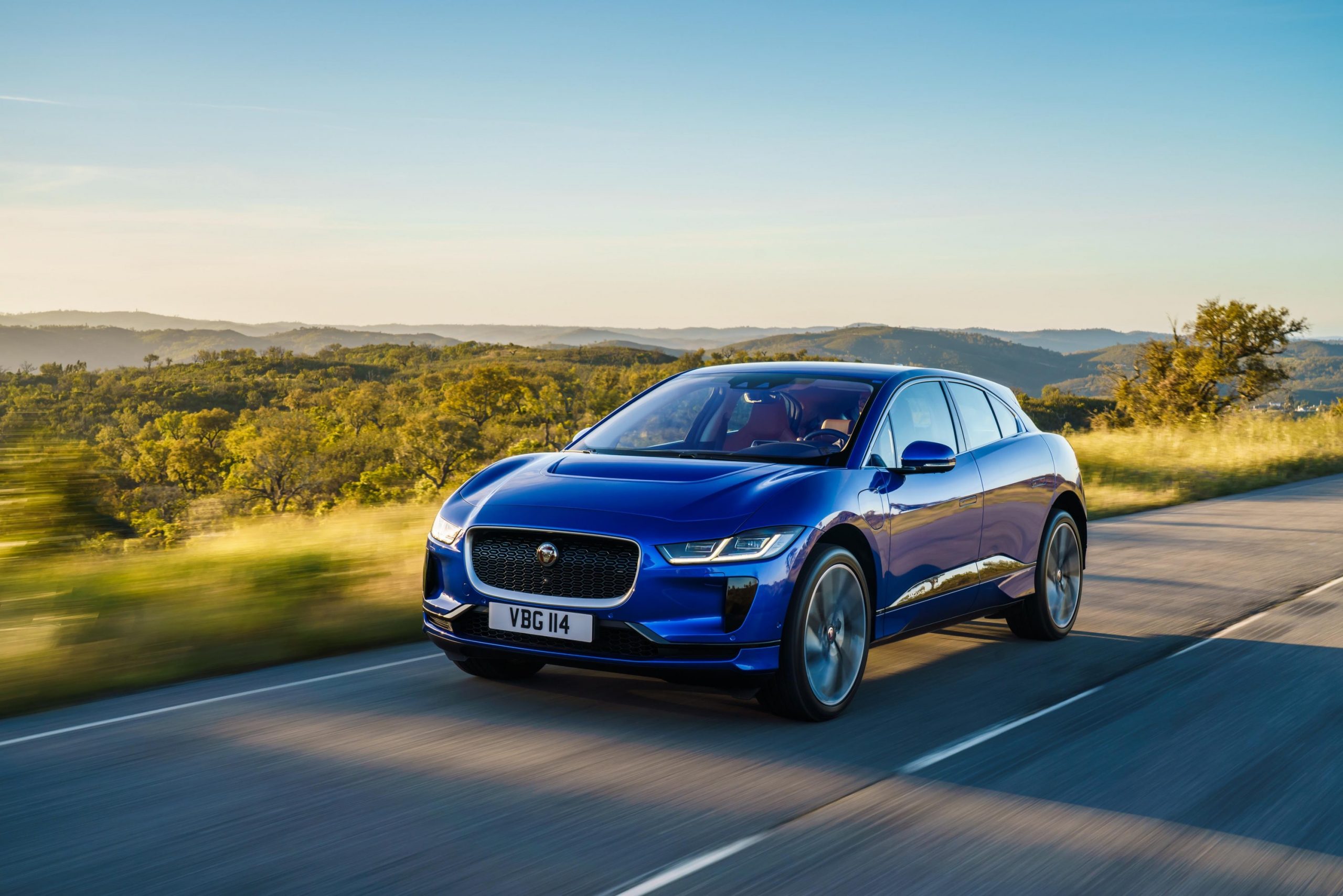
10. Jaguar I-Pace
Year: 2020
Average national retail rating: 6.63
Average days to sell: 95



































